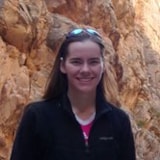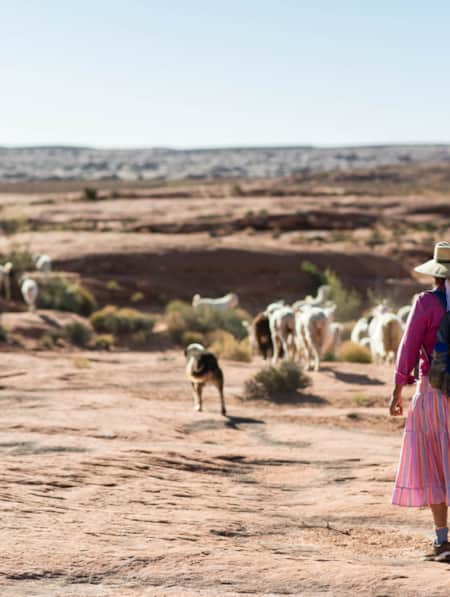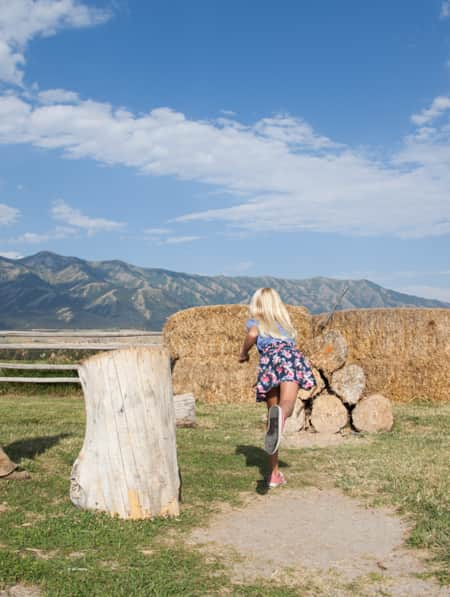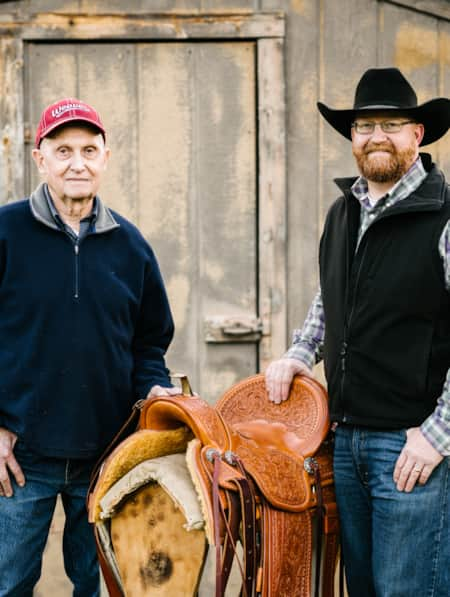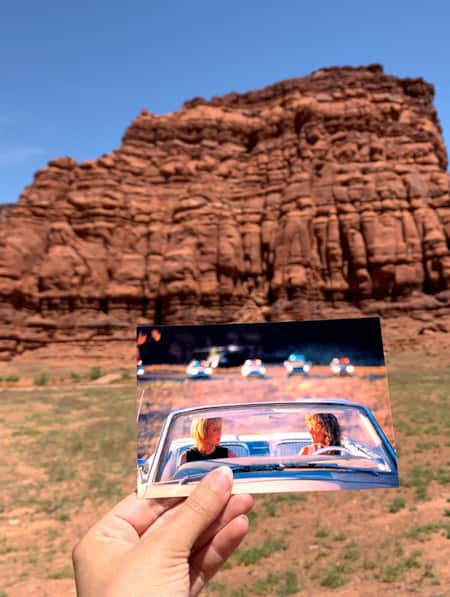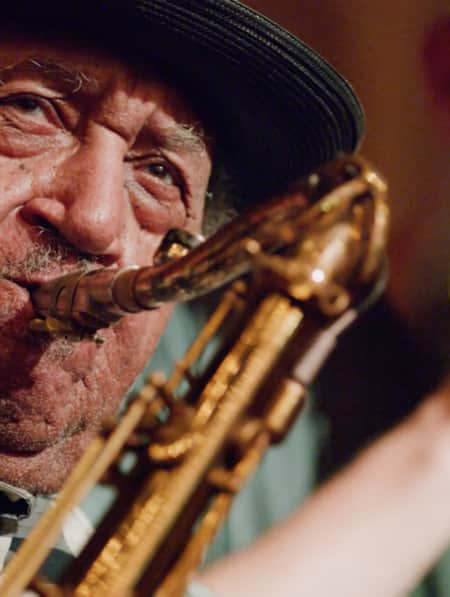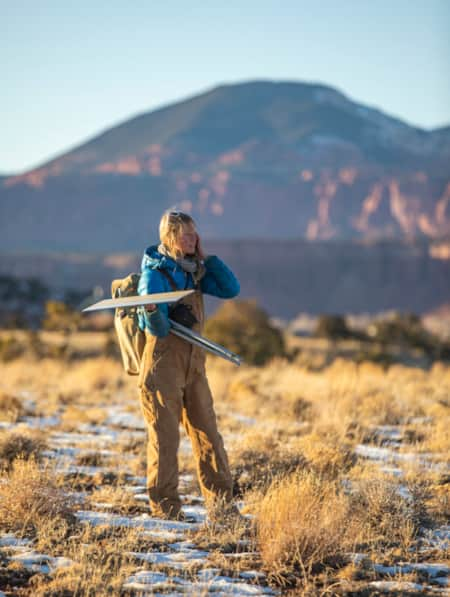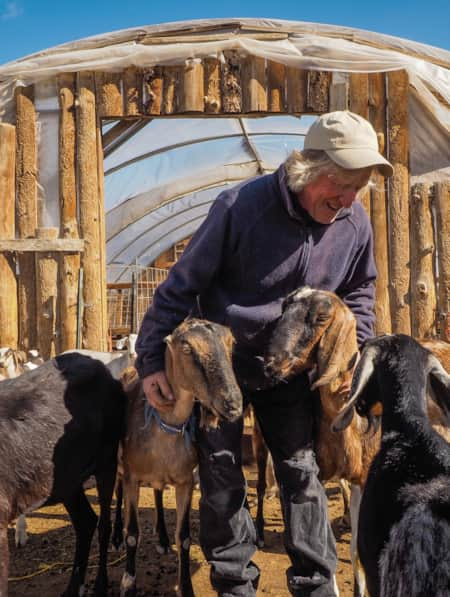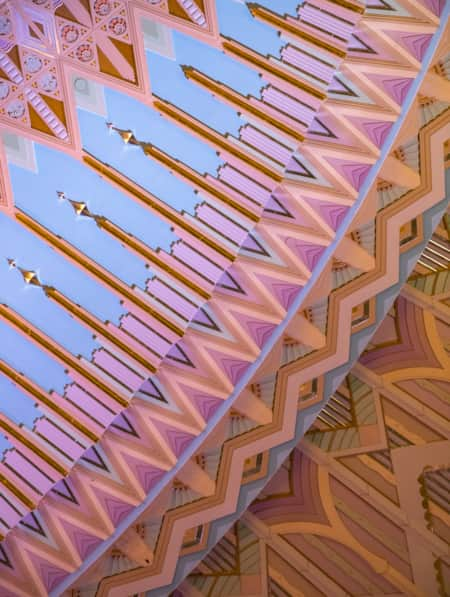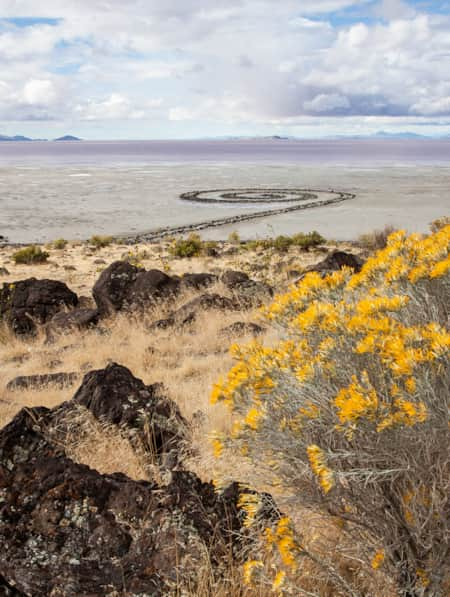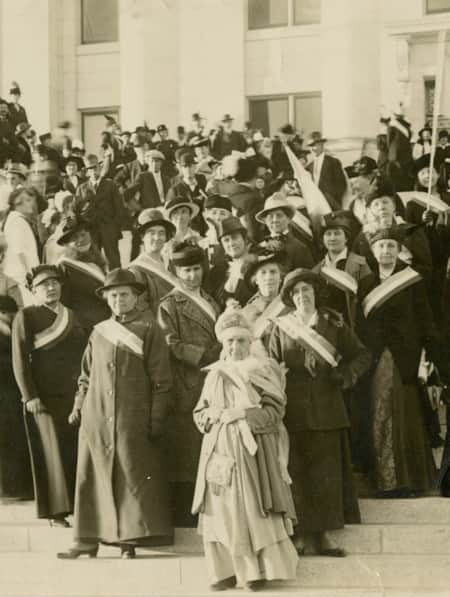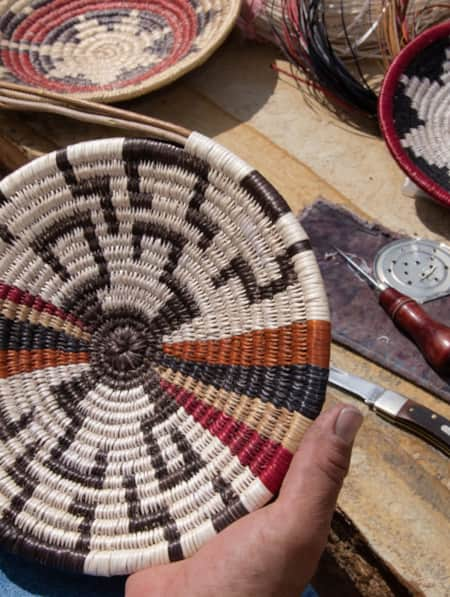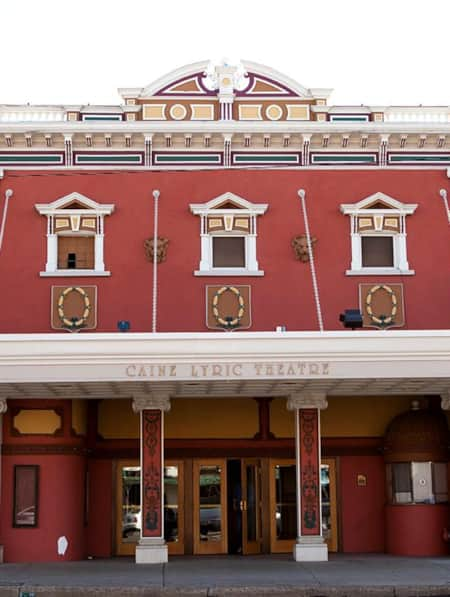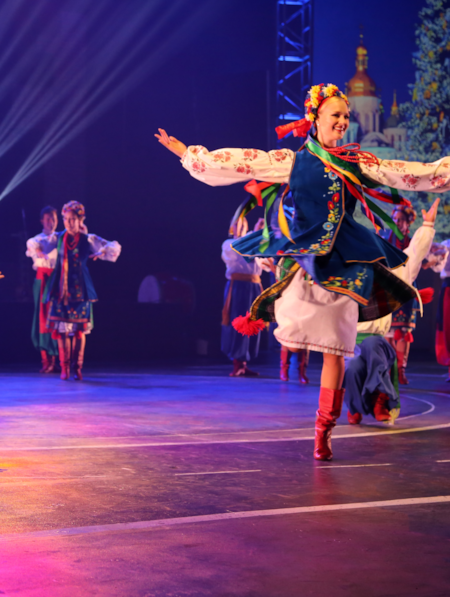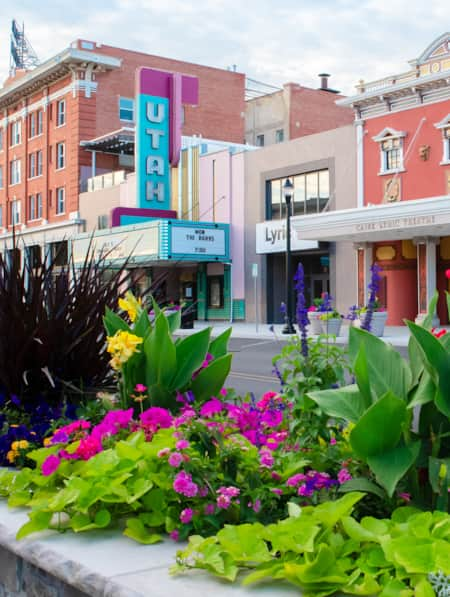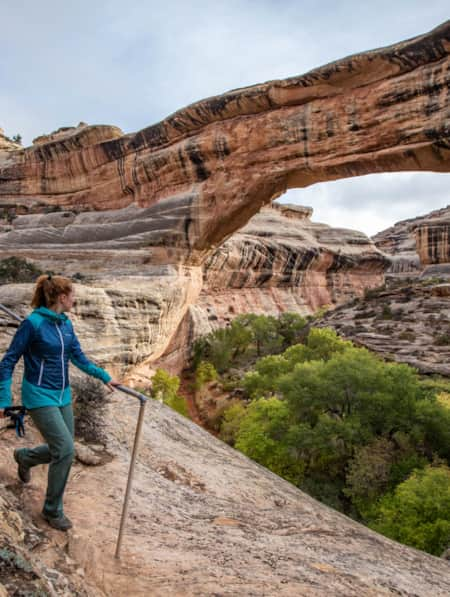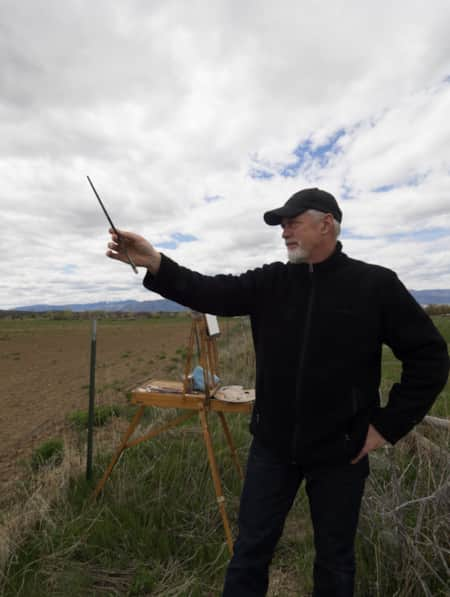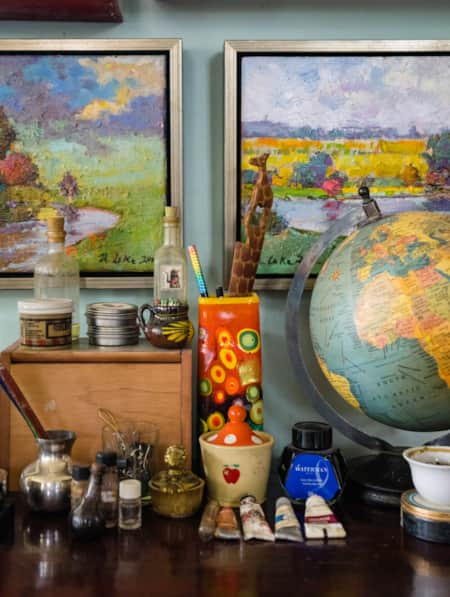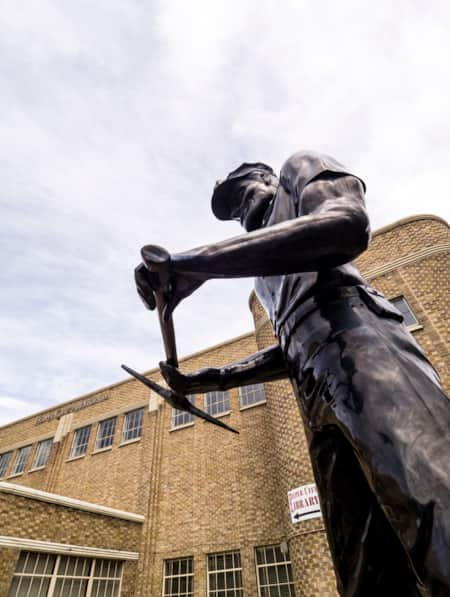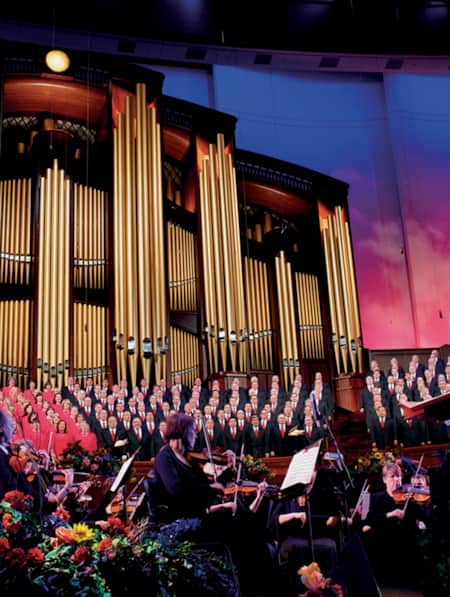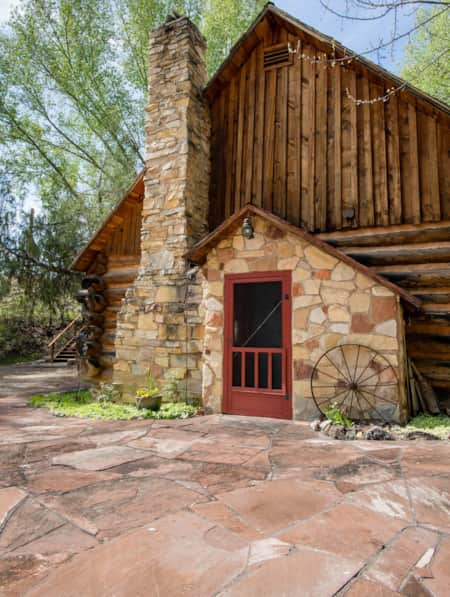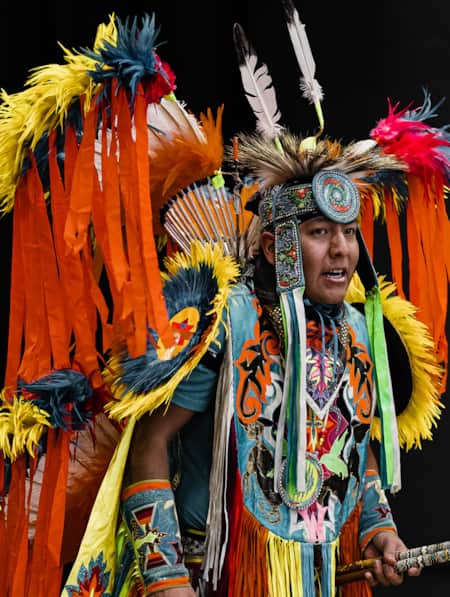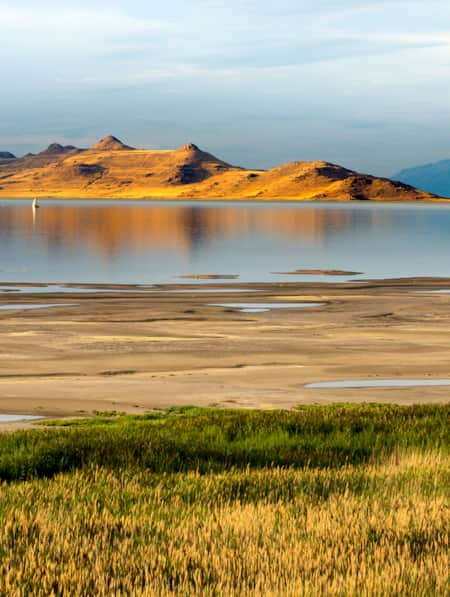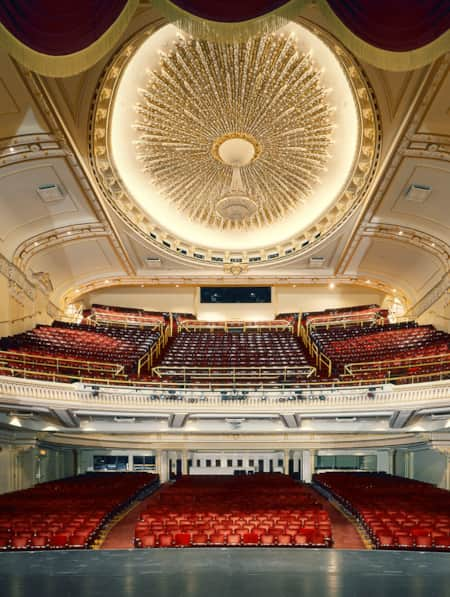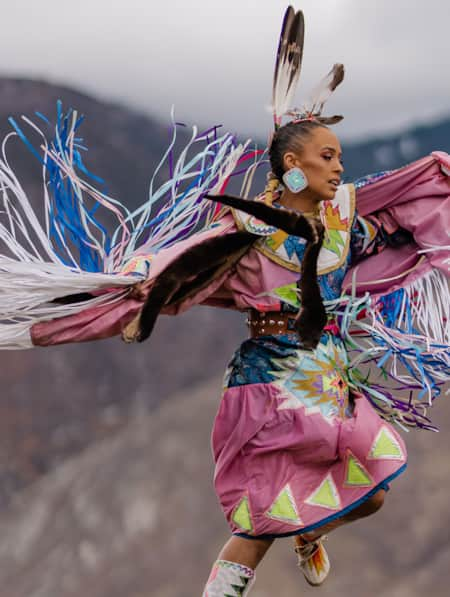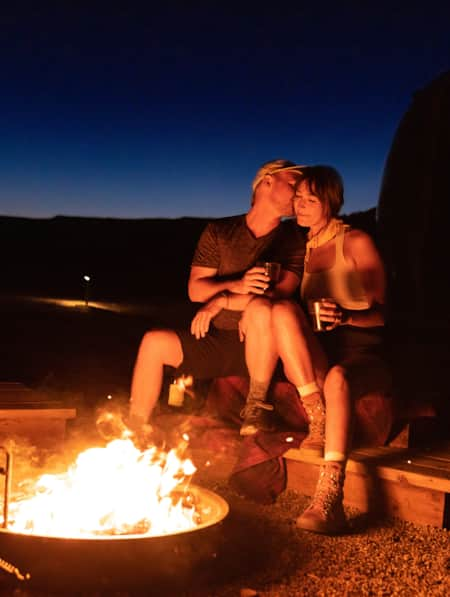A Red Rock Reading List
Prepare for your trip by taking a Utah literary journey.
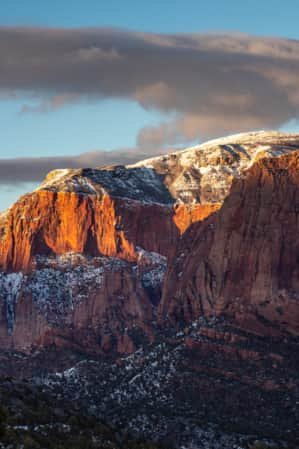
Find your favorite comfy seat and get ready to travel through Utah’s red rock country, from its canyons and plateaus to its esteemed national parks. Take a transformative trip throughout the state while pondering the meaning of place, adventure and what it means to be in wilderness. Flip through a wildflower guidebook, explore the meaning of ancient petroglyphs, enjoy a poetic journey, and learn about Utah’s nuanced history. Explore, dive deep and immerse yourself in this literary red rock journey.
However you choose to delve into the state’s literary wonders, these books and collections will give you a place to start exploring before planning your next big Utah adventure.
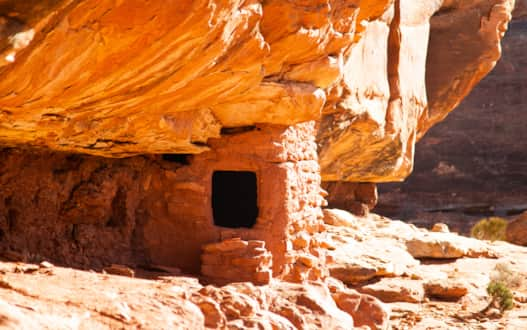
Photo: Rosie Serago
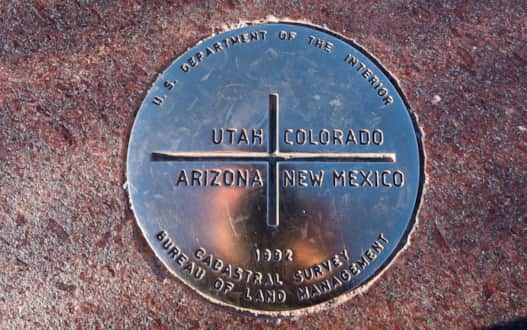
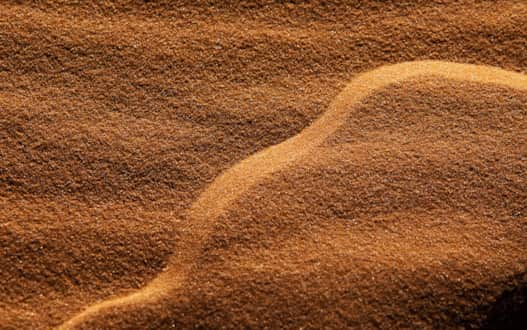
Photo: Angie Payne
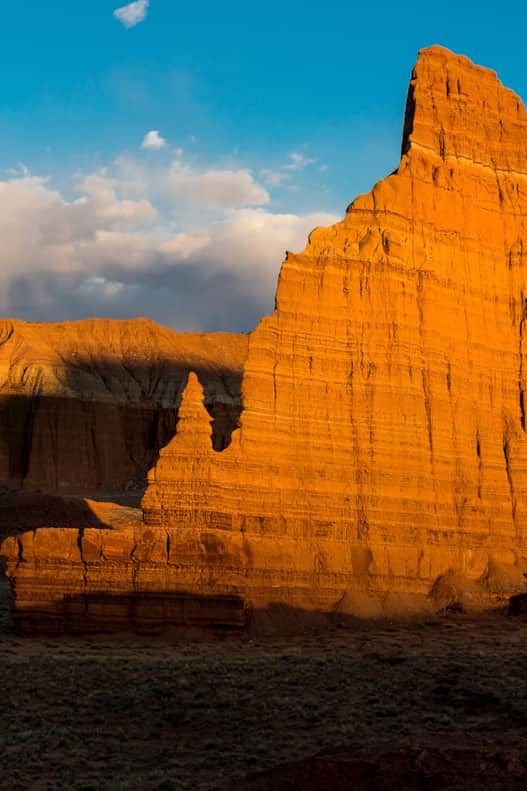
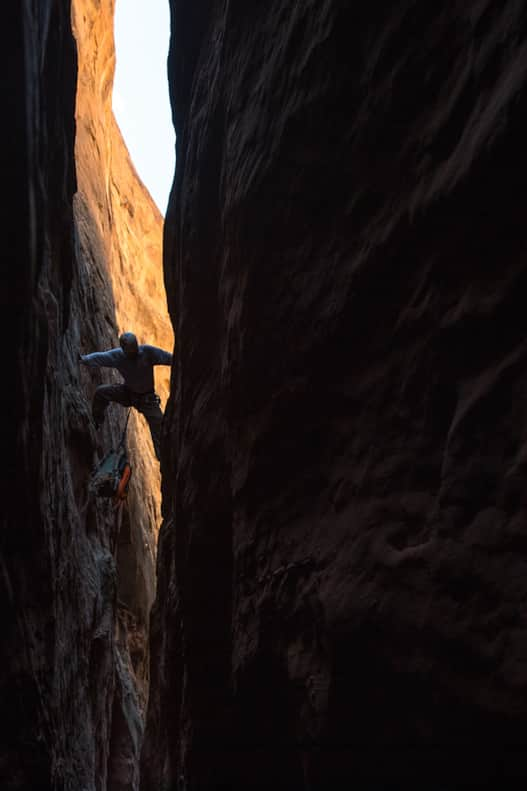
Photo: Andrew Burr
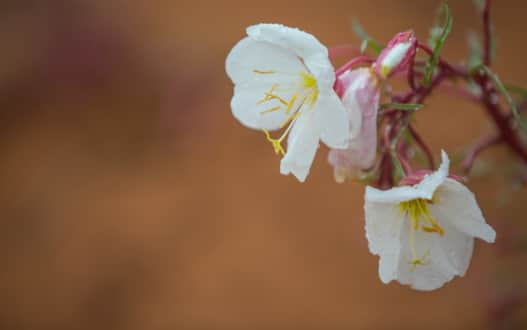
Photo: Andrew Burr
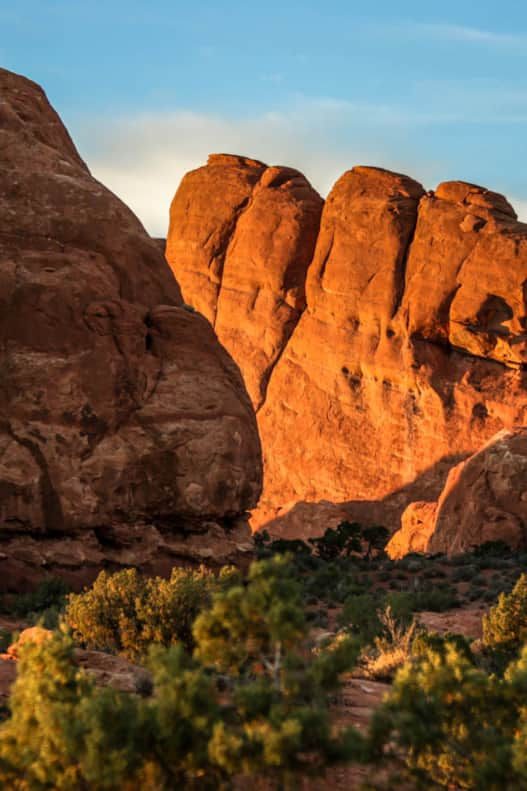
Sunset at Skyline Arch
Photo: Leah Hogsten
History and Heritage of the Four Corners
Where the southeastern corner of Utah meets with three other states is far more than just a photo stop. This captivating corner of the state is home to a fascinating history."Edge of Morning: Native Voices Speak for the Bears Ears" shares stories from the region as told by 15 Native American writers. This anthology shares the history and meaning of this sacred place (Watch: Voices of Bears Ears). Kenneth A. Brown’s "Four Corners: History, Land, and People of the Desert Southwest" offers a peek into the people, geology and ecology of the region. "In Search of the Old Ones: Exploring the Anasazi World of the Southwest" is David Roberts’ deep dive into the mysteries of the Ancestral Puebloan inhabitants of this region. Learn more about the art of the Ancestral Puebloan and Fremont people in Polly Schaafsma’s "Rock Art of Utah."
Naturalist Perspectives
In "Red: Passion and Patience in the Desert," Terry Tempest Williams writes about her relationship with Utah’s desert along with her love for its power and wonders. She eloquently considers the importance of preserving the desert wilderness to protect it for present and future generations. Williams is a Utah native and the state often sets the scene for her books. In "Refuge: An Unnatural History of Family and Place," she shares her experiences when her mother was dying of cancer in 1983. She delves into the atomic bomb testing fallout that she and her mother were both exposed to in the 1950s, and juxtaposes her family’s experiences that spring with the rising of Great Salt Lake, which imperiled birds in a nearby refuge (Read: Explorations at the World's Greatest Wild Bird Refuge). In 2016, Williams published "The Hour of Land: A Personal Topography of America’s National Parks," a collection of essays exploring a dozen U.S. national parks, including Canyonlands. Her personal experiences in the landscapes of the parks, coupled with a gallery of emotionally artistic photographs, offer a new way for readers to understand these national treasures.
In "The Anthropology of Turquoise: Reflections on Desert, Sea, Stone, and Sky," artist Ellen Meloy delves into the world of turquoise, exploring an array of natural and human-created features bearing the distinctive hue, from seas to swimming pools. Meloy also investigates the stone’s powerful meanings and the beliefs many have regarding it. A painter and artist, Meloy takes the reader along for a journey, embracing her wanderings and dancing with the power of hues. This lyrically-written book provides inspiration for readers seeking a taste of magic.
A Sampler of Zion Canyon Literature
Editors Nathan N. Waite and Reid L. Neilson partnered with the Zion Natural History Association and The University of Utah Press to put together a collection of the best Zion Canyon literature in "A Zion Canyon Reader." Divided into five parts, the collection begins with writings about the land’s earliest inhabitants before delving into European American explorers, the area’s growth as a tourist destination, the impact of human construction, and an exploration of the spirituality and sense of place people can find there. The reader contains both historic and literary tales from a number of different perspectives, including John Wesley Powell, Clarence Dutton, Wallace Stegner, Juanita Brooks and Edward Abbey. (Editor Stephen Trimble’s "The Capitol Reef Reader" takes a similar journey through time with the work of nearly fifty writers. Read our excerpt: Paradise and Slickrock.)
Historic and Modern Adventurers
In 1934, 20-year-old Everett Ruess ventured into Utah’s canyonlands on a solo journey, and he was never seen again. The young adventurer had spent the previous few years on a quest for purpose and meaning, journeying alone with mules. He befriended many along the way, including famous photographer Dorothea Lange. He spent time learning to speak the Navajo language and even traded images with Ansel Adams. When he vanished, Ruess left behind a notable collection of letters, poems, journals, paintings and engravings depicting his journeys. Editor W.L. Rusho assembled these artifacts in "Everett Ruess: A Vagabond for Beauty," a collection of the letters Ruess wrote to family and friends. For a deeper dive into Ruess’s life, consider David Robert’s "Finding Everett Ruess: The Life and Unsolved Disappearance of a Legendary Wilderness Explorer."
In 1869, geologist John Wesley Powell led the Powell Geographic Expedition exploring the Green and Colorado Rivers, which run through Utah. Read Powell’s own take on his river adventures in his book, "The Exploration of the Colorado River and Its Canyons” or enjoy Utahn Wallace Stegner’s account of Powell’s fascinating life and career in "Beyond the Hundredth Meridian: John Wesley Powell and the Second Opening of the West." (Read: Chasing John Wesley Powell)
When Aron Ralston set out alone in the Utah desert in 2003, he was planning a relatively short hiking and canyoneering trip. However, a dislodged boulder trapped him in a remote canyon, and he found himself seriously injured with no way to summon help. Ralston’s book "Between a Rock and a Hard Place" tells the tale of his quest to survive and the extreme measures he took to make it out alive (also made into the movie starring James Franco, 127 Hours). While the book makes for a gripping read, it also serves as a reminder about precautions that need to be taken if traveling alone in the wilderness.
The Classic Works of Edward Abbey
An exploration of bioregional literature from the Utah desert wouldn’t be complete without Edward Abbey’s "Desert Solitaire." Abbey is well known for his passion for the desert and his desire to keep it untrammeled and pristine. His thirst for a bare bones natural experience is evident as he shares stories from his time as a park ranger more than 50 years ago. The classic work is a celebration of the desert and an exploration of humanity’s connection with nature. Abbey is also known for "The Monkey Wrench Gang," a fictional tale of ecosaboteurs near the Utah-Arizona border.
To examine a contrasting perspective, explore the work of Utah native Amy Irvine, who also spent time as a ranger in Arches National Park. "Desert Cabal: A New Season in the Wilderness" is her essay collection delving into Abbey’s writings about the desert and exploring them in a whole new light.
Poetic Utah
Utah’s first poet laureate, David Lee, explores the state’s poetic side through his huge collection of works. His talent and humor can be fully appreciated in his poetry collections such as "News From Down to the Cafe," "The Porcine Legacy" and "A Legacy of Shadows."
For a recent standout poetry compilation, "Rain Scald" by Utah native and Diné (Navajo) Tacey M. Atsitty delves into her reflections on life and Native American traditions. Atsitty has received numerous awards for her work, including the Truman Capote Creative Writing Fellowship Award, and leads the Native Village at This is The Place Park in Salt Lake City.
Field Guides Galore
Spend some time immersed in Utah’s wonders by enjoying numerous field guides focusing on the region. Halka Chronic’s "Roadside Geology of Utah" provides insight into the state’s red rock wonders and other fascinating geological features. Learn about the brilliant pink, orange, white and red rocks, and the state’s otherworldly wonders in this immersive dive into the geology of the region. In "A Naturalist’s Guide to Canyon Country," David B. Williams discusses the animals, plants and geology in a region covering nine national parks and monuments. Take some time to stop and appreciate the local flora with handy wildflower guidebooks like Damian Fagan’s "Canyon Country Wildflowers" and Hayle Buchanan’s "Wildflowers of Southwestern Utah: A Field Guide to Bryce Canyon, Cedar Breaks, and Surrounding Plant Communities." Learn which plants thrive in this unique and challenging ecosystem so you can keep an eye out for your favorites next time you’re in the area.
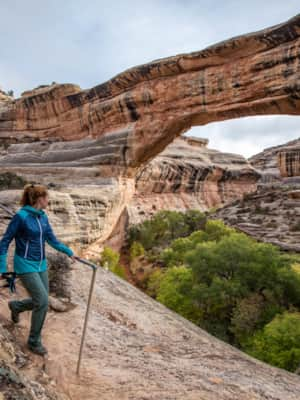
Touring Utah with the State’s Most Well Known Women Writers
The diversity and beauty found in Utah has often been captured by women. Here are the places that seven of Utah’s most well known women writers knew and loved most.
